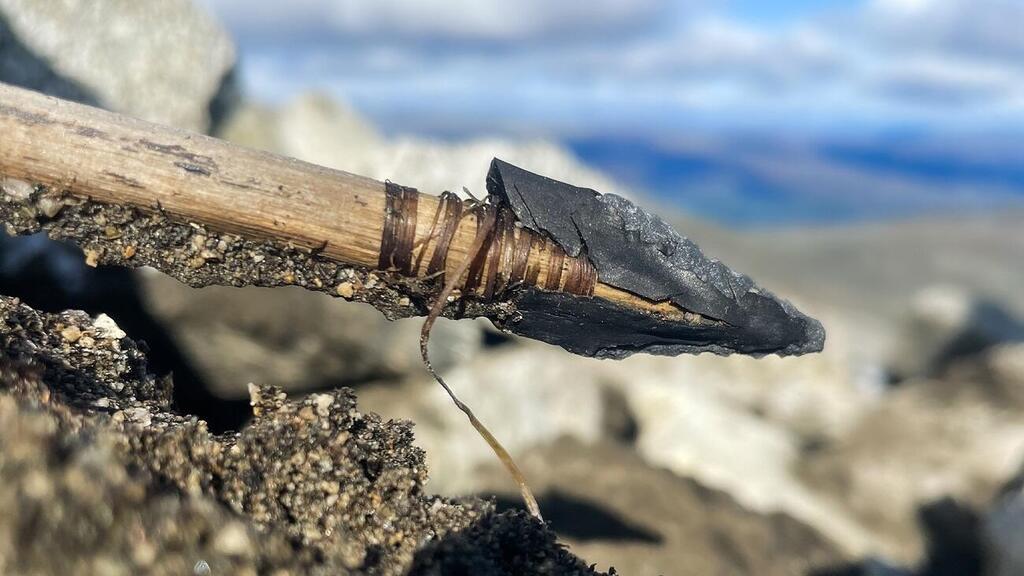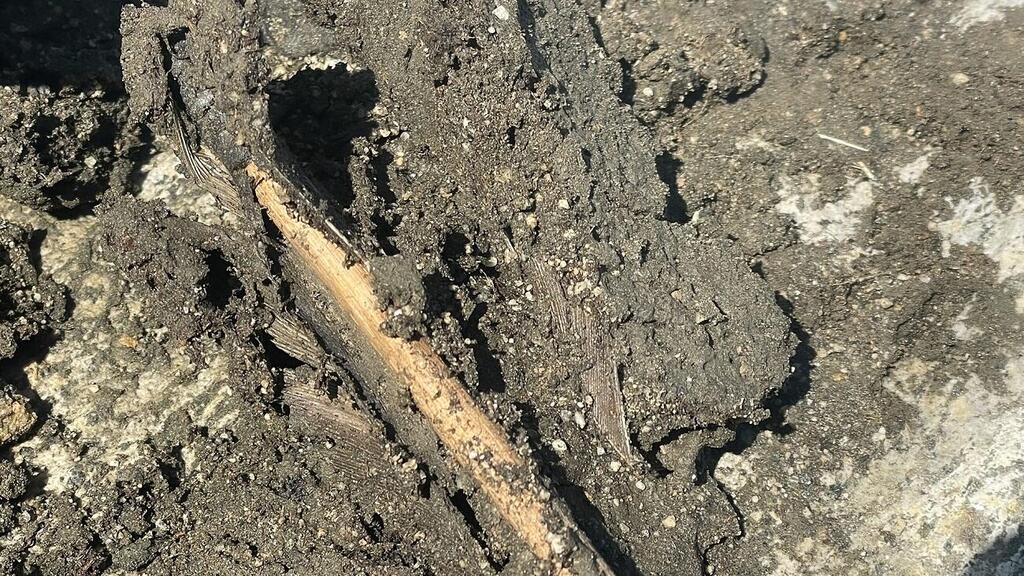Archaeologists have uncovered an ancient arrowhead in the Innlandet region of Norway, crafted from quartzite – a rock primarily composed of pure quartz known for its remarkable durability. The arrowhead's remarkable preservation owes much to the fact that it is made from this resilient material, and it has remained largely intact throughout thousands of years.
Read more:
According to the archaeologists who discovered the arrowhead in the mountainous terrain of Norway, this find is exceedingly rare, and its unveiling was made possible by the gradual melting of ice and snow due to climate change. The arrowhead is estimated to be around 3,000 years old.
Dr. Lars Pilø leads the Secrets of the Ice project, which conducted research in the Jotunheimen region of central Norway—home to 29 of the country's tallest peaks, including the highest in all of Scandinavia. "There are no hunting blinds in the immediate vicinity, but this arrow was found along the upper edge of the ice, so the hunters may simply have been hiding behind the upper ridge," he said.
In March, project members discovered hunting equipment in the same mountainous region, including iron arrowheads and tools used by hunters for camouflage, allowing them to approach Nordland reindeer at close range, though they are known for their sensitivity to movement.
Climate changes, caused by human activity, have caused the snow and ice in the Jotunheimen mountains to melt, revealing items dating back hundreds to thousands of years that were previously hidden. These artifacts are at risk of damage due to weather exposure, and the recent discovery of an arrowhead adds to their rarity.
The arrowhead, recently found by archaeologist Espen Finstad, is made from yew wood, with three feathers remaining at its tip, indicating its aerodynamic design meant to guide the arrow toward its target in flight. However, these feathers are mostly deteriorated, further enhancing the uniqueness of this arrow.
"The arrowhead is made of quartzite (a sandstone derivative), and was attached using resin from the yew tree in a way that allowed better penetration. Iron arrowheads with preserved sharp tips from the Iron Age are not rare in Norway, but those from the Bronze Age are considered an exceptionally rare treasure," Pilø explained.
He added that, although the arrowhead's head and feathers have been well-preserved, the rest of the arrow (measuring 90 cm) likely broke into three pieces due to the layer of snow and ice covering it over the years. Nevertheless, this find is a remarkable treasure shedding light on the lives of Bronze Age Nordland reindeer hunters and the equipment they used during that time.



